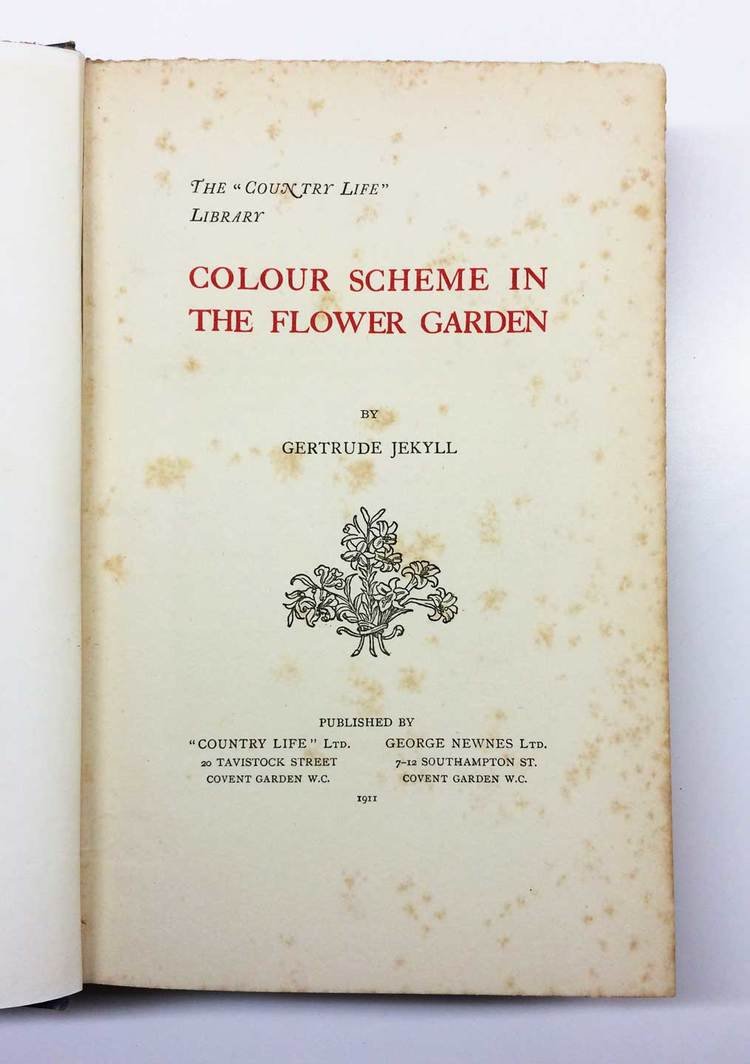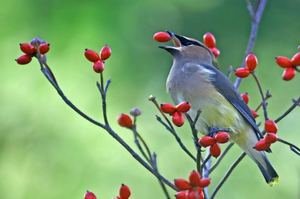1. Enhanced value
The most obvious advantage of a roof garden is as a valuable amenity that enhances the worth of the structure it occupies for a relatively modest expenditure. A roof garden substantially enhances re-sale or rental values. It raises property values. It is additional or reclaimed usable space. A bonus is the ability to gain promotion and marketing benefits via a green roof.
2. Increased Life Expectancy of the Roof
One of the great benefits of roof gardens, vertical gardens and green roofs is that, by protecting the underlying roof covering, they extend the life of the existing roof fabric by up to 200%. A green roof protects the roof membrane from climatic extremes and physical abuse, thereby greatly increasing the life expectancy of the roof.
3. Property Tax Credit Incentives
New York City recently passed a city bylaw that rewards building-owners who cover 50 per cent of available rooftop space with a green roof with a one-year property tax credit of up to $100,000. The credit would be equal to $4.50 per square-foot of roof area that is planted with vegetation, or approximately 25 per cent of the typical costs associated with the materials, labor, installation and design of the green roof. More and more municipalities and other government agencies are providing incentives that can help offset the cost of a green roof.
4. Insulate against heat and sound
Buildings with roof gardens lose 30% less heat in the winter, are cooler in the summer, and offer year-round sound insulation. Green roofs can improve the thermal resistance of the roof assembly throughout the year, especially in summer months by helping to reduce cooling costs, saving fuel. Reduced noise levels from typical extensive green roofs (3” - 4” growing media) reduce reflective sound by up to 3 dB and improve sound insulation by up to 8 dB
5. Retain and manage rainwater
Stormwater retention: green roofs absorb up to 75% of rainfall, thus reducing the runoff dramatically, and lowering the risk of floods. Depending on the roof garden design, a green roof can typically reduce storm water run-off by 50 to 90%. Additionally, the peak flow volume is greatly reduced and the peak flow period is delayed by as much as 4 hours, minimizing the impact on existing sewer systems.
6. Provide social benefits
Green roofs expand the usefulness of buildings via patios, gardens and vistas. Planting gardens, both at ground level and in the sky, provide not only great spaces for relaxation and enjoyment, but also are great to look at!
7. Improve air quality
Plants produce oxygen and remove carbon dioxide from the air. They also trap up to 85% of airborne particulates on their leaf surfaces. Plants, soil, and air trapped in the soil are great acoustic insulators.
8. Modify urban micro-climates
Cities, of concrete and tarmac, retain heat and create "urban heat islands", as much as 10F warmer than surrounding suburbs. Plants, through transpiration, directly cool the air, and can reduce surface roof temperatures by as much as 75F in summer.
9. Provide diverse habitats
Roof gardens, when planted with indigenous flora, can provide important habitats for native bird and insect populations. Green roofs create biodiversity.
10. LEED Certification
Opportunity to assist in achieving LEED certification in several categories
Essentially within a dense urban environment one needs green space. Gardens are an ethereal world - they should be calming spaces and transport you to another state of mind within an urban environment. It can be a Brooklyn townhouse garden design, NYC contemporary patio, a small yard or a comfy and inviting urban roof garden.
















